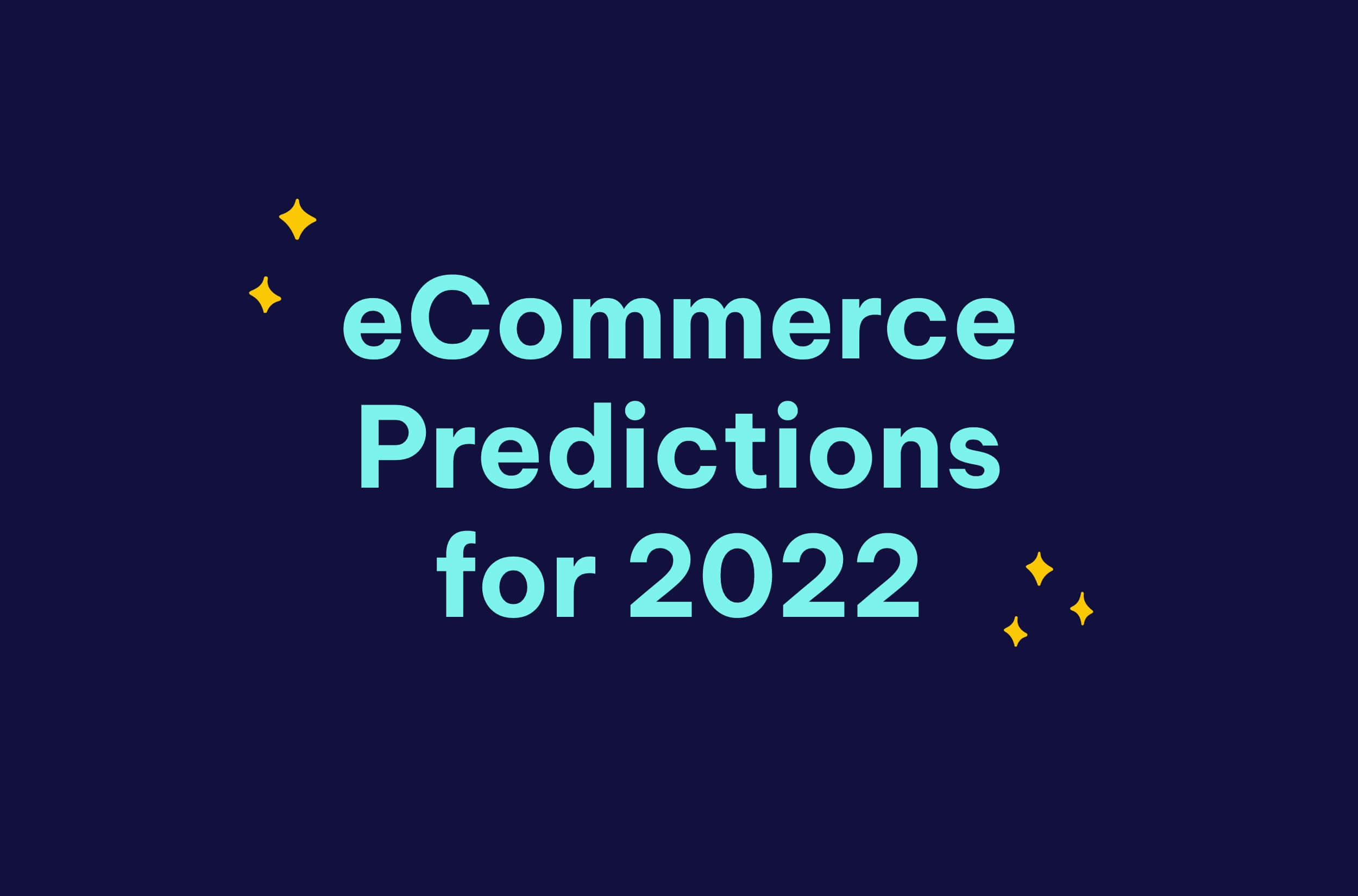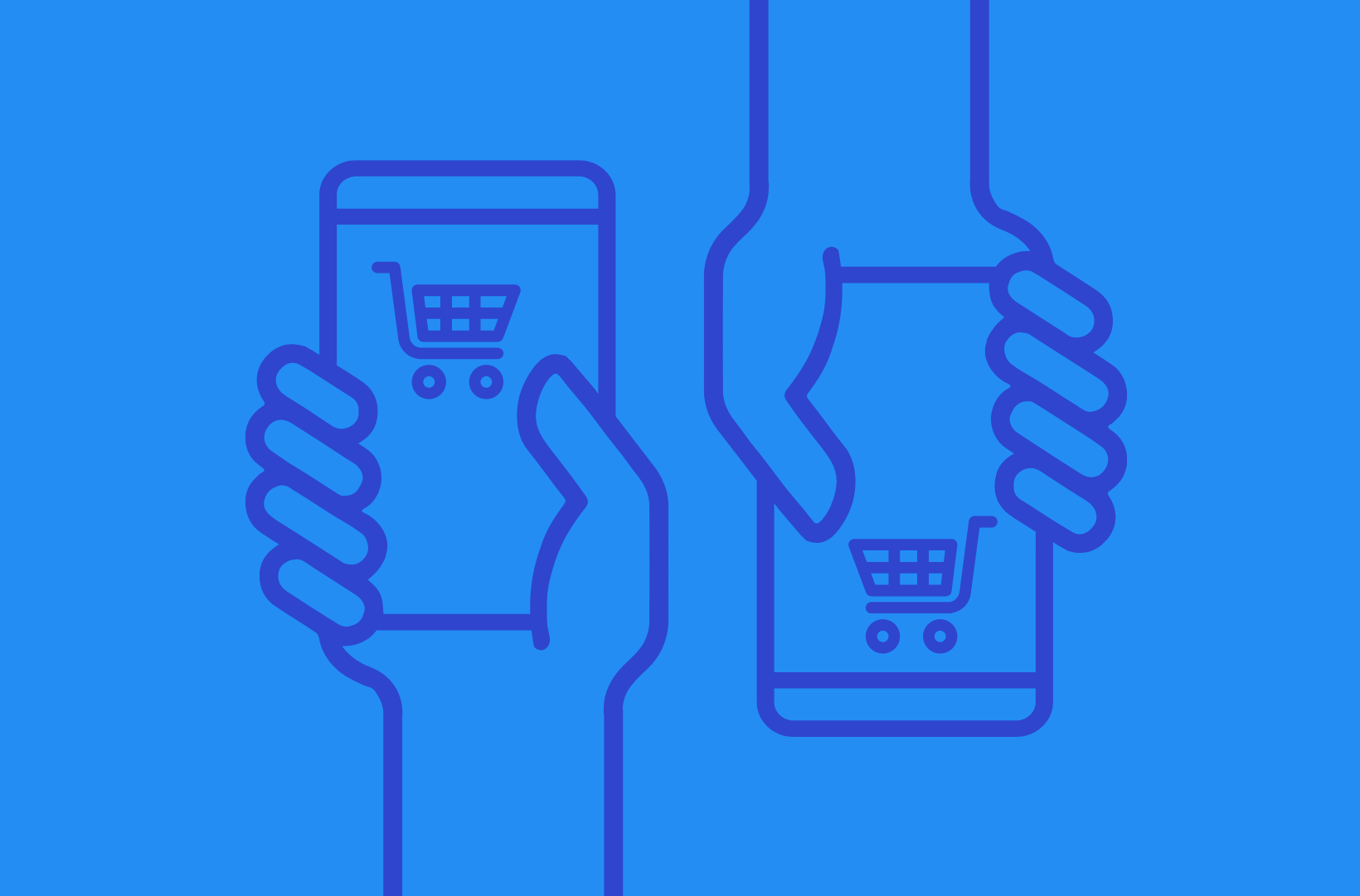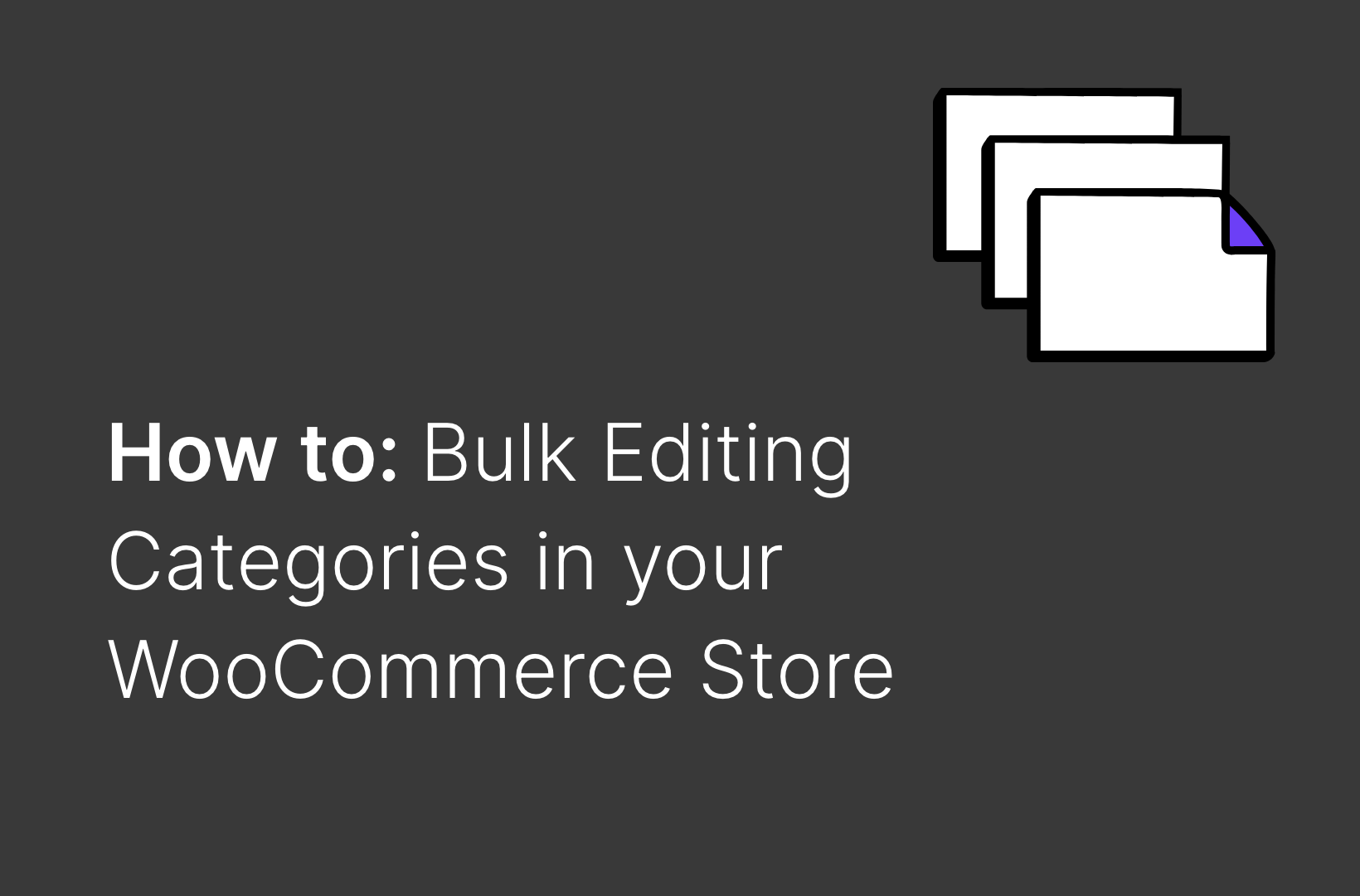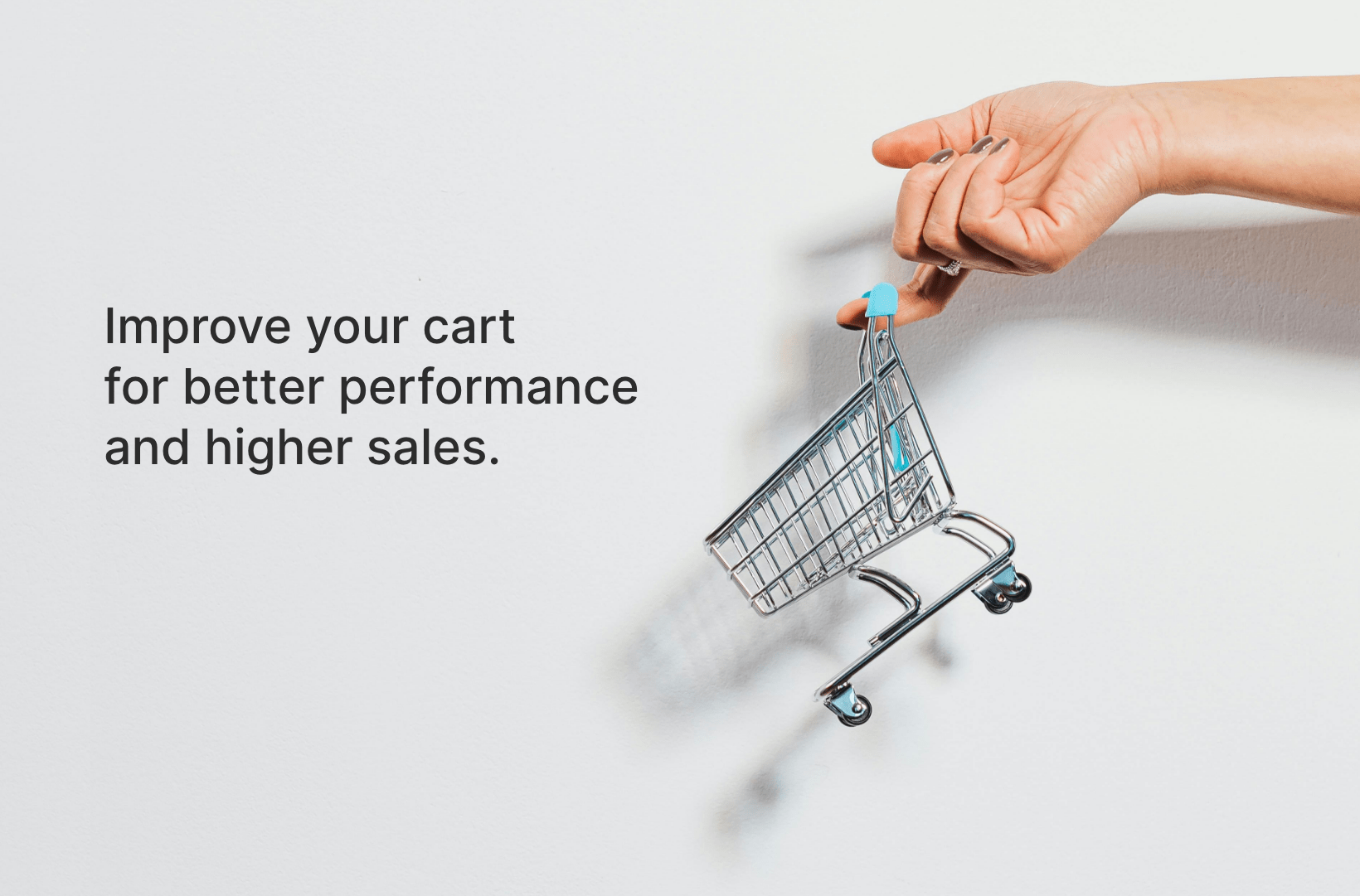eCommerce Predictions for 2022: Omnichannel, inflation, data, brand value and costs dominate eCommerce 2022

eCommerce will be full of challenges this year, compared to unprecedented growth in 2020 and 2021.
For eCommerce founders and managers, data privacy, supply chain issues, inflation, value propositions, and much more will combine to create tectonic shifts in the landscape. We explore these issues and more in this piece.
To succeed, eCommerce store owners need to be agile and ensure that the key elements of your business are integrated and work together flawlessly. For eCommerce website owners with solid brand foundations, sharp strategy, and the ability to pivot on a dime, the rewards will be golden!
Team Saucal has researched dozens of articles and podcasts, and I have added my own thoughts and insights. Here’s what we believe will be the top issues site owners will need to manage in the next 11 months. It’s going to be an exciting year in eCommerce and WooCommerce. If you have questions or comments, get in touch with the Saucal team!
Price increases continue; use technology to keep costs in check
The pandemic’s impact on the supply chain continues to create shortages and an increased demand for almost all goods. This, in turn, means increased prices. Cost increases have been so pronounced they’ve produced a sudden rise in inflation. It’s uncertain how long inflation will continue, but we expect it to continue well into the fall. You won’t be able to avoid every single price increase, but with innovative use of technology you can save money. For example:
1. Marketing automation
Look for WooCommerce plugins or extensions that let you automate significant portions of your marketing, including follow-up emails, targeting inactive customers, SMS messaging, wishlist marketing, coupons, and much more. Retaining and winning back customers is one of top methods of keeping costs down; it costs much more in time and money to win new customers. In fact, marketing pros estimate it is five times more costly to win a new customer than to keep one, which leads us to customer loyalty.
2. Customer loyalty
Using technology to automate customer loyalty means that you’re a step ahead when it comes to keeping your customers engaged! There are quite a few good WooCommerce extensions that work to your advantage when it comes to winning loyalty, such as My Rewards, which gives points on purchases and reviews. It also can be used to generate coupons.
3. Inventory management
Use an extension to auto-unpublish products when they are out of stock and re-publish when they are back in stock.
4. Segmenting customers
Automatically tag/group customers based on attributes such as demographics, geographic location, total spend, ordered product, and more.
5. Make your sales campaigns scheduled events
Auto-publish content on website, including blog posts, banners, website themes. Also, automatically apply discounts and upload new products.
Supply chain woes won’t end yet. Here’s what you can do
Not every WooCommerce shop will be affected by supply chain disruptions. But if your store is, it’s important to communicate delays to customers – and do so in a timely manner. To help with this, consider using the WooCommerce Back In Stock notifications plugins. Using it means you can Notify customers when your out-of-stock products become available. Recover lost sales, build customer loyalty, and gain deeper insights into your inventory.
Supply chain issues may mean you’ll need to seek out alternative suppliers, if possible.
First, however, you’ll need to do some research and analysis. Figure out where your supplies come from, delivery times, and costs. When you identify gaps and/or delays, you can then see if alternatives are available. This information also means you can be fully transparent with shoppers.
If the supply issues your store is experiencing are serious, it’s a good idea to add a store-wide notice to your website.
Need more help and support on the supply chain front? WooCommerce has produced an extensive piece on how to handle supply chain issues.
Cookies will end soon, so interact more with customers and give them value for their data
Last year, many eCommerce store owners learned a hard lesson. Tech giant Facebook lost access to extremely valuable user behavior as soon as Apple let users decide if they wanted to opt out of data tracking on iOS 14.5. This was the foundation of Facebook’s ad targeting, and online stores heavily reliant on Facebook ads saw a dip in revenue and greater ad costs.
Having gone through that tough experience, savvy store owners will spend 2022 getting set for the end of thirty-party cookies in 2023. The only way you can be ready for this massive change is by collecting data directly from your shoppers in exchange for demonstrable and clear value through personalized marketing.
Begin by developing a first-party data strategy so that you’ll be in position to carry out better customer targeting, improving the ROI of your store. Saucal recommends:
- Building your cookie replacement strategy around exchanging value for first-party data given freely by customers.
- Transparency about what data you request, why you are collecting, what you will do with the information, and what value you offer in return for the data.
- Being prepared to collect first-party data via your website, social media, SMS, email, surveys, customer interactions, and at the point of purchase, and direct mail (using digital data to inform your offline campaigns).
- Constantly revising and improving the value you give customers, along with personalized offers and recommendations.
This may all seem daunting, but it’s actually positive. Having customers in control of the data they give and the marketing they receive is an incredible step forward for brands, and removes reliance on third-party platforms and a lot of the guesswork around ad targeting. Personalization is a gamechanger, and brands will now be in control of keeping customers engaged and satisfied. Ultimately, you must understand how to leverage customer data to provide the right kinds of personalized experiences – and ones that your customers love!
Rethink your brand proposition; be clear on what you stand for
With supplies and costs being disrupted by COVID, geopolitics, and many other factors and events, sitting down and rethinking your brand proposition may seem like a luxury. It’s not. I believe that your brand proposition should be revisited regularly and updated as a company evolves. You should, of course, communicate your brand proposition clearly to your team and customers.
But first, what is a brand proposition, and why is it so important? A brand proposition (also called a value proposition) is foundational. It defines what is unique about your organization, and details how your uniqueness translates into the value you deliver to customers, as well as what you stand for.
A strong brand proposition gives you a powerful competitive advantage. More and more shoppers want to buy from brands whose values align with their own. Take the online deodorant store No Pong. No Pong makes it clear what it stands for on its homepage in its Good For You, Good For The Planet section. It’s all-natural, doesn’t use plastic, palm oil, parabens, or synthetics. It’s cruelty free, and good for you!
Is it clear what you stand for and the value you deliver – aside from the products or services you sell? If you’re not sure, or if the answer is an outright “No”, take some time out to analyze your website and all channels, and then rework your brand proposition. Better yet, have someone who’s completely unfamiliar with your company and brand look at your website and its messaging on social media. Ask them how they feel about your brand, what they think about it, and what it communicates to them.
More than half the online shoppers around the world want to buy from brands that share their values and beliefs, and this number is going to grow. Issues like sustainably sourced goods, healthy food, and the freedom to work where people want will continue to be important to the majority of people. You also need to offer outstanding customer service. When you do, shoppers are happy and turn into loyal customers!
So it’s really important to think through your position and how you’ll communicate what you stand for.
Remember that brand proposition is intricately linked to customer retention. It’s expensive to win new customers, and customer acquisition and retention costs will continue to escalate. Keeping customers who appreciate your brand and feel aligned to it is a big win for your business!
Finally, keep in mind that around the world people are experiencing pandemic fatigue and are ready to get out and shop at physical stores. The stronger your brand proposition and connections with your customers, the better you’ll be able to benefit from their loyalty!

Social shopping will continue to grow in influence
Almost all of us have experienced social shopping, perhaps without even realizing it. We see a photo or video of clothing, shoes, make-up, an electric bike, or a hoodie posted by a friend of someone we follow, and we like it. We check it out and maybe even buy it within a few minutes, especially if the link is easily available or the brand makes buying easy on apps and platforms.
Shoppers are posting more photos of (and comments about) products and services than ever before, and this isn’t going away anytime soon. People love sharing what they buy, and friends and followers love looking at photos, discovering new things, or finding that special something they’ve been looking for. We’re all being influenced by our friends’ purchases and recommendations, and equally we’re influencing our follower’s shopping habits
This form of influential engagement is set to grow. Adweek reports that half of TikTok users have made a purchase after seeing a product or service advertised there, half of millennials said they’ve purchased something from a brand after seeing it advertised, promoted, or reviewed on Instagram. And the average amount spent by a social buyer in a year will double between 2020 and 2025 according to eMarketer!
Brands can capitalize on the social shopping experience by having a presence on key platforms and carefully recruiting brand ambassadors to share and review products. Understanding the psychology and tech behind in-app shopping is essential. TikTok has recently partnered with Shopify and BigCommerce, following in the steps of Instagram and Facebook. Experts anticipate that TikTok will give brands a much better return on ad spend compared to competitors in the coming months. Purchasing capabilities within the app will definitely maximize that spend. will have a lot to do with that.
Use omnichannel strategically
Omnichannel lets brands use multiple channels to connect with customers – and the customer experience with the brand is seamless, with unified messaging delivered to the customer. First, let’s look at the difference between single, multichannel, and omnichannel. Single-channel commerce means you’re selling your product via one sales channel only. That channel might be your website, a physical store, or Amazon.
Multichannel eCommerce means you’re promoting your brand and maybe even selling products across multiple channels. Your customers can contact you via phone, social media, or in your bricks and mortar location. However, while each channel is a part of your brand, the channels may not be sending out consistent messaging or creating a unified or seamless experience for the customer.
Omnichannel can only happen with multichannel. What sets omnichannel apart from multichannel is that omnichannel delivers a consistent and compelling brand message. For a customer, it’s a seamless experience across all platforms and the messaging is either the same or similar across each channel. AI plays a big part in Omnichannel, with coordination of message delivery via apps, text, chat, and web platforms.
Starbucks is a good example of an omnichannel approach. With its rewards program, users can add money to their account via multiple channels: their mobile device, store, or website. Another strong innovator with omnichannel is Nike, which builds on omnichannel to give shoppers personalized suggestions. With the data obtained from omnichannel, Nike’s brick and mortar stores are updated to optimize the customer experience – which is pretty amazing when you think about it!
When customers use the Nike+ app, they can sync their user data, which drives customer loyalty. Shoppers receive personalized recommendations, and their shopping purchases are analyzed to make suggestions. This gives Nike the position of a trusted authority and advisor.
Get set for virtual shopping
Virtual shopping is a bridge between your online store and a bricks and mortar location – if you have one. It brings a real human connection to the customer, through chat, video, or text. Your WooCommerce store customers can get more information in real-time about products and services and continue shopping while connecting with you or one of your team members.
Even if you don’t have a physical store, it’s important to move as far towards real-time connections with your customers as possible. Use whatever your resources can offer to forge real-time interactions with customers. These can set your brand apart from the competition, and enhance your value proposition.
Virtual fitting rooms (also called virtual dressing rooms) are also a part of the virtual shopping experience. This new technology ups the game significantly! Most virtual fitting rooms are powered by either AI or augmented reality (AR). A person’s body is scanned by a webcam, and a 360-degree 3D model is created. The technology overlays your store’s products onto the 3D image of the customer – removing the need to physically try something on.
For WooCommerce stores, virtual site enhancements, including a virtual fitting room, can be created by a developer, or you can look at some of the existing plugins, such as DressFit for clothes, or Virtual Showroom for sunglasses or furniture.

Customers are keen to shop in bricks and mortar stores; online shopping continues to grow
Coronavirus led to accelerated growth of eCommerce, and some experts are predicting significant eCommerce growth in 2022 and beyond, including Ryan O’Connor, Group Vice President at personalization technology company Qubit. He says: “While shoppers are returning to physical stores, we’re not seeing a decrease in online shopping – in fact, we’re seeing continued growth . . . Even when the pandemic dissipates, online shopping will continue to flourish because this behavior is now ingrained and habitual.”
However, online shopping growth is slowing
However, some are sounding a note of caution, indicating that supply chain issues and the resurgence of in-store shopping will slow eCommerce’s growth. In the third quarter of 2021, ecommerce growth continued to taper, outpaced by renewed growth in consumer offline spending, according to a Digital Commerce 360 analysis of U.S. Department of Commerce figures.
Saucal can help you with many of the crucial aspects of WooCommerce store management and growth. If you’re ready to start selling online or want to take your eCommerce store to the next level, contact us today.
 Book now, build later. Lock in 20% OFF projects over $10K when you book by Dec 31.
Book now, build later. Lock in 20% OFF projects over $10K when you book by Dec 31.  Start 2026 focused, stress-free, and ready to grow.
Start 2026 focused, stress-free, and ready to grow. 


